
The United States Holocaust Memorial Museum, located in Washington DC, is a place everyone should experience in their life. The exhibits will make you uncomfortable; that’s the point. The museum’s purpose is to teach about the horrors inflicted during the Holocaust, so that it may never happen again. I visited in late September of 2018, and it changed my life forever.
*This article does not contain graphic material seen at the museum, and limited pictures were taken out of respect for the victims and their families*
What to Expect at the Holocaust Memorial Museum
The US Holocaust Memorial Museum is made of 3 exhibits: 2 that rotate and the main, fixed exhibit. The largest exhibit takes guests through WWII in chronological order. Before beginning this exhibit, visitors are given an Identification Card that contains a picture and description of a real victim. Their life, their story, and whether or not they survived the Holocaust are described, making the experience more personal.
Stretching through 3 floors, the main exhibit goes in-depth into the politics, prejudices, and history that allowed Hitler to gain power and spread fear through Europe. Many of the exhibits contain extremely graphic photographs and videos taken during the Holocaust, as well as footage taken by Allied soldiers that liberated concentration camps at the end of the war. The graphic material is all hidden behind low brick walls, so to view the footage is deliberate. I highly encourage those who are able, to view the footage. It will, and should, highly impact you. The exhibit discusses prejudice and hardships faced by the Jewish people affected by the Holocaust. Gypsies, the disabled, homosexuals, and political opponents of the Nazi party are all respectfully discussed as well and remembered as victims of the Holocaust.

Other Exhibits
The two other rotating exhibits are worth visiting if you have the time. During my visit, one exhibit was about a child’s story when WWII began and followed him through the Holocaust. This exhibit is often aimed at children, and are less graphic and more interactive. The other exhibit was about Syria, and the more recent atrocities occurring there, focusing on the similarities between Syria and the Holocaust.
Finally, there is the Hall of Remembrance. In this open, quiet room, visitors may light a candle for Holocaust victim(s). The circular room is divided into different concentration camps, with multiple small candles below. In the center of the room, a larger fire burns over soil taken from every camp. Visitors can light a candle in remembrance of a family member they knew who suffered, for their identification card’s individual, or simply for all those who suffered and died at the hands of the Nazis.

All exhibits are free to experience. During the peak tourist season (March-May), the number of visitors allowed into the exhibits will be limited, but tickets are still free. If you are able, donate some money or buy a book or other object in the gift shop in order to keep the memorial operating.
Never Forget
The International Holocaust Remembrance Day is on January 27. Please, if you have time, visit the US Holocaust Memorial Museum’s website here to pay respects to those who suffered, as well as to remind yourself of what happened. In order to keep this from happening again, everyone should make an effort to visit the memorial museum and see for themselves how horrible the event was. We must always remember, and keep prejudice from blinding us again.

*This article is not meant to be political, and any negative comments will be immediately removed and reported*
Please share this article as needed in remembrance of those who have, and continue to, suffer at the hands of the prejudiced.
Like this article? Pin it!






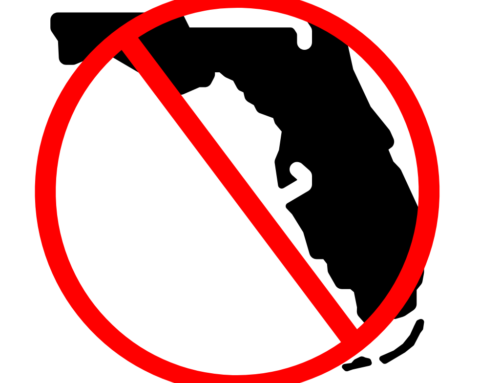
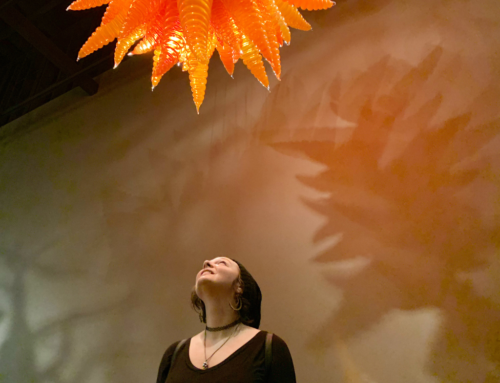
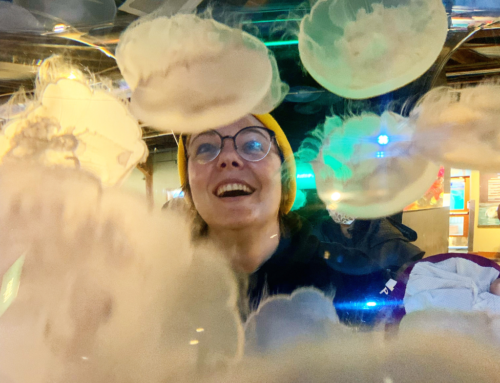
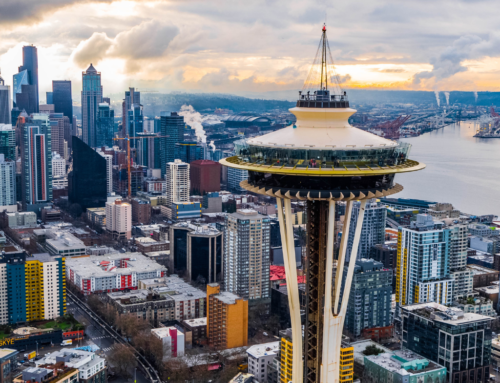

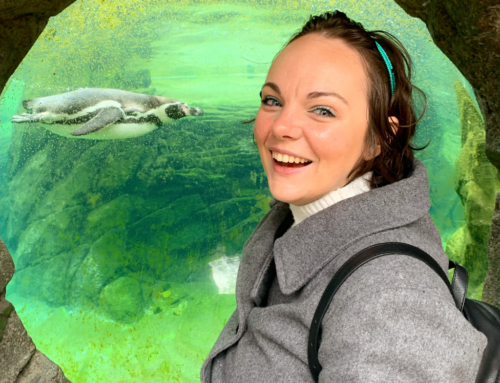
I visited this museum when I was in high school. It was an incredibly sobering experience. I just got back from Berlin and it’s scary to think of how recent all this was.
It’s terrifying. I have yet to go to the actual concentration camps, but I plan to.
Oh man. I went there as a teenager and didn’t appreciate it near as much as I would have as an adult. I’m originally from about an hour from DC so I really want to go back. It was so somber in there. Unlike any place I’ve been. I imagine the only feeling that could come close is actually going to the camps. This is definitely a must-do and is very well-written! 🖤
Thanks so much. It was definitely a somber and eye opening place.
Thanks for this post. I haven’t been to this museum, but it’s good to hear about it. It sounds extremely upsetting, but it’s so important that we don’t forget this history, and strive to do better.
Thanks for your reply. I often find that the most upsetting history is the most important to remember. We can’t let our disgust for what occurred to allow us to bury what happened.
Great article, Stacia! It really is an experience everyone should have. I always make sure to attend these types of sites because I think they are so important to help prevent more genocides from happening again.
It’s so important to not only remember the genocide, but the smaller steps that occurred that allowed people like Hitler to gain power in the first place.